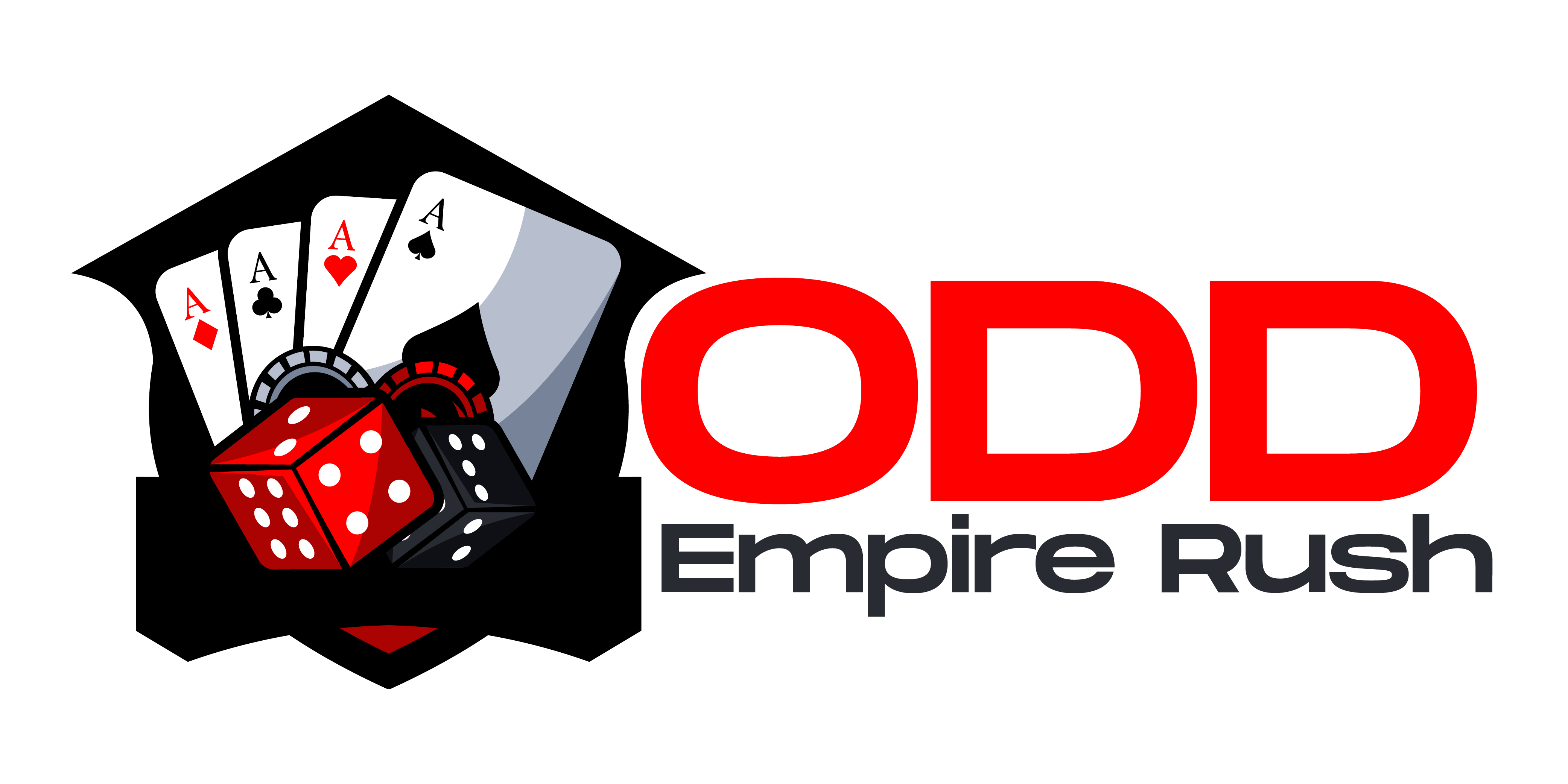Introduction: Betting Is More Than Luck
Strategy in betting isn’t a luxury—it’s the whole game. If you’re relying on hunches, streaks, or “gut feelings,” you’re not betting—you’re just hoping. Strategy gives your decisions structure. It helps you weigh what’s at stake and what’s worth chasing. This is where risk and reward come in.
In real-world terms, risk is what you put on the line—money, yes, but also emotional stability and time. Reward is what you stand to gain if your bet goes the right way. The smartest bettors never chase reward blindly; they ask first: is this risk worth it?
It’s not about avoiding losses entirely. That’s impossible. It’s about knowing when to walk, when to wager, and how to calculate odds in your favor. That calm, measured mindset—that’s the difference between a gambler and a strategist. Smart bettors don’t just play the game. They study it.
This article breaks down the principles at play, from understanding risk-to-reward ratios to knowing when to swing for the fences or play it slow. Because if you’re not betting with a plan, you’re basically betting to lose.
The Core Principle: Risk-to-Reward Ratio
The risk-to-reward ratio is a simple, sharp concept—how much you’re willing to risk versus how much you stand to gain. In betting, it’s the line between calculated strategy and reckless guessing. Say you bet $100 on a match that could potentially return $300. Your risk-to-reward ratio is 1:3. You’re risking one unit to gain three. Sounds like a win, right? Not so fast.
Let’s ground this with a real example: If you’re betting on an underdog at +300 odds, your $100 could net $300 in profit. High reward. But how often does that underdog actually win? If the actual win rate is only 20%, and you’re not factoring in that low probability into your broader strategy, you’re on shaky ground—even with the flashy payout.
Professional bettors look beyond the one-off. They apply risk-to-reward ratios across hundreds of bets. They know they won’t win every time. What matters is whether the math holds up over volume. A 1:2 ratio only makes sense if you’re winning at least 33% of the time. Anything less, and you’re bleeding money long-term.
The pros shape their entire betting approach around these ratios. They hunt for value where the real probability of a win is better than the odds suggest. They sacrifice hype for consistent, repeatable gains. Because to them, betting isn’t about one big win—it’s a game of smart, controlled risk, played over time.
Types of Risk in Betting
Betting isn’t just about picking winners—it’s about managing risk like a pro. And all risk isn’t created equal. If you’re not careful, one crack in your game—whether it’s financial, emotional, or informational—can sink your edge fast.
First up: monetary risk. This is the most obvious one, but it catches even seasoned bettors off guard. It’s not just how much you bet, it’s how you manage your entire bankroll. A smart bettor doesn’t throw random chunks of money at lines. They protect their capital like it’s oxygen. Use proper unit sizing. Don’t chase. Know when to sit out. Overextending on one play is how long-term potential dies quick.
Then there’s emotional risk. We’re talking tilt, revenge bets, and letting ego lead the decision-making. Lose a few, and the temptation to win it back now is real. But the minute emotions call the shots, your strategy’s gone. Stick to your plan. Walk away when you’re heated. Betting is part numbers, part nerve.
Last, information risk. This one’s subtle but brutal. Betting without solid data—or worse, with stale or incomplete info—is like flying blind. It’s not about having every stat, it’s about knowing what matters. Injury reports, market movement, sharp money signals—if you’re missing those, your edge gets dull fast.
Every successful strategy keeps those three risks in check. Blow one, and the other two won’t save you.
High Risk, High Reward Strategies
When used intentionally, high-risk betting strategies can lead to impressive payouts—but they’re not without serious downside. Understanding when to take calculated risks is essential if you want to avoid reckless decisions.
Underdog and Long-Shot Betting
Betting on underdogs or long shots can offer excellent returns, especially in events where public opinion skews the odds. However, they have lower win probabilities, so a disciplined and data-focused approach is vital.
- What it means: Wagering on teams or outcomes with low implied probabilities
- Why use it: Bigger payouts without needing to bet large sums
- Risk to manage: Higher volume of losses, variance can stretch your bankroll
Example: Betting on a +500 underdog means a $10 bet could win $50—but the likelihood of winning is significantly lower than safer bets.
Parlay Bets: Thrill vs. Probability
A parlay combines multiple bets into one, boosting the potential payout but also increasing the risk exponentially. These bets are popular due to big ticket wins, but most parlays fail.
- What they are: A single bet linking two or more individual wagers
- Appeal: Higher odds and massive payout potential
- The risk: All legs must hit—miss one, and the whole bet loses
Tip: Save parlays for low-stake entertainment or when you’ve done extensive research on each component.
When (and When Not) to Go Bold
Knowing when to step outside of conservative strategies is part of evolving as a bettor. However, being bold for the sake of excitement is a common downfall.
Go Bold If:
- You have strong data to support an underdog pick
- It aligns with your long-term risk strategy
- It’s within your bankroll limits
Avoid Going Bold When:
- You’re trying to recover from losses (emotional betting)
- You haven’t done enough research
- Your bankroll can’t absorb the possible downside
Bottom line: Bold strategies should be deliberate, rare, and part of a broader plan—not spontaneous or emotionally driven.
Low Risk, Low Reward Strategies
In betting, not every move needs to be flashy to be effective. While high-risk options offer bigger potential payouts, low-risk strategies are often the path to long-term stability and growth—especially for disciplined bettors.
Conservative Lines and Value Bets
Choosing conservative lines means focusing on bets with a higher probability of winning, even if the payout is modest.
- Value betting is about identifying when the odds offered on a bet are higher than what you believe the true probability suggests.
- Betting on favorites may not feel exciting, but when backed by sound research, they deliver consistent small wins over time.
- Prioritize games or matchups where the edge is subtle yet measurable.
Key takeaway: The best conservative bets don’t eliminate risk—they minimize it while keeping reward realistic and sustainable.
Bankroll Scaling: How Slow Plays Win Long-Term
A foundational principle in betting strategy is scaling your wager size based on your current bankroll. This reduces the chance of significant loss in a cold streak and supports steady gains.
- Set unit sizes (1-2% of total bankroll is common) and stick to them
- Avoid betting more to “catch up” after a loss
- Reassess and adjust bet size only as your bankroll grows
Successful scaling relies on discipline. Even a solid betting strategy can burn you out if your stake sizes balloon too fast.
Why Consistency Beats Occasional Big Wins
Chasing big payouts with risky bets might result in short-term highs, but it’s tough to sustain. Steady wins—however small—compound over time.
- Consistency allows long-term data tracking, showing what works
- Avoids volatility that can cloud judgment
- Encourages strategic analysis, not emotional reactions
Bottom line: A consistent, low-risk approach won’t always make headlines, but it builds a reliable foundation for lasting success in your betting strategy.
Balancing Act: Finding Your Sweet Spot
There’s no single formula for the right betting strategy. What works for someone chasing high returns with high tolerance for risk won’t suit someone building slow, steady growth. That’s why the first step is knowing yourself: your goals, your risk appetite, and how much you’re willing—emotionally and financially—to put on the line.
Once you’ve aligned approach with mindset, the next move is keeping score. Everything you bet on should be trackable: odds, stake, result, and why you made the play in the first place. When you track outcomes objectively, patterns start to emerge. Are you winning more on underdogs or favorites? Are live bets tanking your profit? Use that data to pivot before small setbacks become big holes.
Common mistakes? Plenty. Chasing losses out of frustration. Playing everything “safe” and never growing the bankroll. Failing to adapt to changes in your own behavior or external trends. Balance isn’t static—it’s something you tune constantly. The best bettors aren’t fearless, they’re aware. They build their edge through awareness, not hope.
Tools & Techniques to Improve Strategy
Smart betting doesn’t rely on gut instinct—it’s data, tracked. Statistical models help bettors cut through noise. These models take historical data, odds, and variables like team performance, injuries, or weather and translate them into probability frameworks. In simple terms: They help you understand when the odds are actually in your favor. Tools like Poisson distribution, Monte Carlo simulations, or regression models don’t promise wins, but they do shine a light on where the edge might be hiding.
Equally important: betting logs. If you’re not tracking bets, you’re guessing. Record every bet—amount, odds, outcome, type of wager, reason you placed it. Over time, you’ll see streaks, leaks, and opportunities. Patterns emerge: maybe you’re strong with totals, weak on parlays. Maybe you tilt after a loss. Logging isn’t sexy, but it separates disciplined bettors from dabblers.
Advanced Tip: Check these betting techniques for practical ways to improve execution.
Final Thoughts: The Long Game Matters
Risk and reward aren’t fixed points—they expand, contract, and shift depending on your experience, bankroll, and mindset. A strategy that works when you’re starting out might be too cautious later. Or too reckless. The key is recognizing when to pivot. That’s how you avoid plateaus—or worse, losses that erase your progress.
This is where most casual bettors get stuck. They treat every wager like a coin flip instead of part of a system. But real strategy is about control. Mastering risk and reward isn’t about eliminating either—it’s about managing both with intention. That’s the difference between gambling and betting with structure.
So stay sharp. Track what’s working. Cut what isn’t. Keep learning. Betting isn’t about being lucky today—it’s about being better over time. The smart players treat every wager as a chance to refine the process, not just chase a payout.


 Lillian Wagneroler, an insightful author at oddsempirerush focuses on in-depth research and engaging storytelling. Her articles provide fresh perspectives on betting trends, helping readers connect with the latest developments in the industry.
Lillian Wagneroler, an insightful author at oddsempirerush focuses on in-depth research and engaging storytelling. Her articles provide fresh perspectives on betting trends, helping readers connect with the latest developments in the industry.

